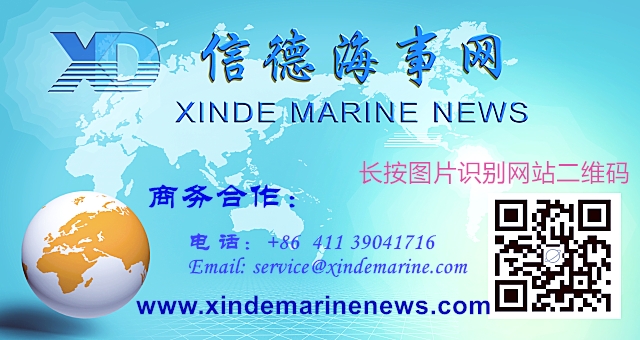Chinese ports clump together

Merging along provincial lines ports in the People's Republic are consolidating in a big way, writes Jason Jiang.
China's central government has accelerated the consolidation process of local ports this year as part of overarching plans to reform state-owned enterprises.
By consolidating port operations according to administrative regions, Beijing hopes to reduce competition, improve efficiency, and promote economies of scale.
So far, 18 provincial level regions with sea or river ports have been ordered by central government to ramp up mergers.
In the Bohai Rim region, Liaoning provincial authorities signed a framework agreement with China Merchants Group in June to establish a new Liaoning Port Group through the integration of Dalian Port, Jinzhou and Yingkou Port Group. Full integration is expected to be completed by the end of next year. Currently China Merchants is also in negotiations with Liaoning's Dandong Port, one of the few privately owned ports in China, for a takeover deal. Dandong Port, on the North Korean border, has been severely struggling financially.
Tianjin Port is currently enhancing cooperation with neighboring ports in Hebei, having established various joint operation agreements with Hebei Port Group and Qinhuangdao Port under the central government's Beijing-Tianjin-Hebei integration project.
■"China's port industry is suffering serious overcapacity, which has led to cutthroat competition/ says Zhang Lu, a professor at Dalian Maritime University As an example, he cites seven major seaports around the Bohai Rim which basically share the same hinterland. It is imperative to conduct a nationwide consolidation/ Zhang says, suggesting the process will drive profitability while cutting operational costs.
Much more integration across China's port industry is expected as the country draws up its seaport connection blueprint for China's One Belt, One Road initiative.
On the east coast of China, the establishment of Zhejiang Port Investment Operation Group is the new operating platform for all the port assets in the province including Ningbo-Zhoushan Port, Wenzhou Port and Taizhou Port, while Jiangsu province also established Jiangsu Port Group in May this year.
In south China, Guangxi province was the first province in the nation to complete its port asset consolidation. In 2015. Beibu Gulf Port Group brought three ports in the province, Beihai Port, Qinzhou Port and Fangchenggang Port under one roof.
Zhao Nan, an expert at the Shanghai International Shipping Institute (SIS!) reckons port consolidation will see the republic's port operators expand their service offerings.
■"China's ports are gradually transforming from traditional operators engaged in loading and unloading to logistics services providers linking upstream and downstream industrial chains, and even financial service providers/ Zhao says.
In the Pearl River Delta region, Guangdong province is expected to follow other provinces in integrating its port assets. However, potential consolidation there is considered to be a more tough process due to the complex market conditions in the region. Guangdong is home to a total of a six listed port operators and involves port investments from both state-owned, private and foreign investors.
Currently the Guangdong government is still doing feasibility studies on the port consolidation plan, which is expected to be introduced by the end of this year.
At the end of September, Guangzhou Port signed a framework agreement with Dongguan Port to jointly promote the integration of operations as the first step of port asset consolidation in the province.
Guangdong province's neighbour, Fujian, also started bringing its ports together this year. In June, Fujian's State-owned Assets Supervision and Administration Commission transferred all its port assets to Fujian Provincial Communication Transportation Group, which will serve as the management platform for the ports in the province.
There are still lots of challenges that need to be tackled in this massive consolidation/ says SISI's Zhao, not least managing interests involving listed companies.
In addition to the seaports, ports along Yangtze, the world's third longest river, are teaming up.
In November, the Yangtze River Midstream Shipping Center Port and Shipping Alliance was established in the central Chinese city of Wuhan. The alliance is led by Wuhan Port and Shipping Development Group and joined by 115 Chinese firms and organisations. China Merchants Group also announced a plan to invest RMB1 OObn in Wuhan with a view to making the city a major shipping hub.
投稿或联系信德海事:
admin@xindemarine.com

